Easy Cheese Borek
We may earn a commission from recommended products, at no extra cost to you. See Disclosure.
INGREDIENTS
Dough:
- 16 sheets phyllo dough, chilled according to package instructions (about 1 pound / 450 grams)
- Olive oil or cooking spray, for brushing
Filling:
- 4 large eggs
- 1 cup/240 milliliters whole milk
- 2 tablespoons/16 grams all-purpose flour
- 9 ounces/250 grams cottage cheese
- 9 ounces/250 grams cream cheese
- 9 ounces/250 grams feta cheese, grated or crumbled
- Kosher salt and freshly ground black pepper, to taste
INSTRUCTIONS
- Set to 350°F (180°C) on convection mode. Line a sheet pan with parchment paper.
- In a medium bowl, whisk together the eggs, milk, flour, salt, and pepper until smooth.
- In a separate bowl, mix the cottage cheese, white cheese, and crumbled Bulgarian cheese until well combined.
- Lay one sheet of phyllo in the baking dish and lightly brush with oil or spray. Repeat with a second sheet. Take a sheet of phyllo, crumple it loosely, and dip it into the egg mixture. Shake off excess and place in the dish. Repeat with 12 sheets, arranging them side by side to form a full, textured layer. Spread the cheese mixture evenly over the soaked phyllo layer. Place a sheet of phyllo over the cheese, brush with oil, and repeat with one final sheet. Transfer to the oven and bake for about 50 minutes, or until deeply golden and crisp.
- Let cool for a few minutes before slicing into squares. This borek is best enjoyed fresh but can be stored in the fridge for up to a day.
RECIPE NOTES
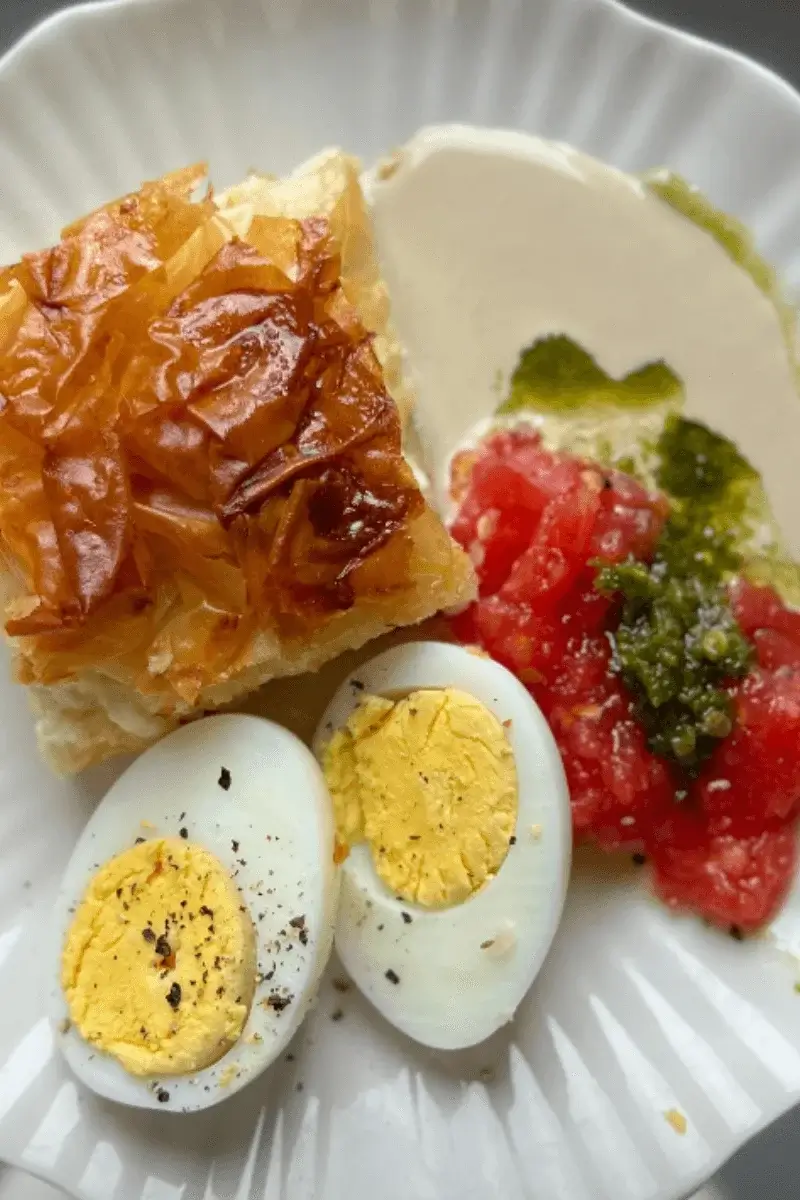
FAQ
Phyllo dough that works best for this cheese borek
The best phyllo dough for this cheese borek is standard thin phyllo sheets, usually labeled as “#4” or “filo pastry.” These sheets are delicate, crisp up beautifully, and absorb the egg mixture well, creating the signature flaky texture. Avoid thicker, country-style phyllo unless you prefer a more rustic and doughy texture. It’s important to choose high-quality phyllo that is fresh and free from cracks, as brittle sheets can be difficult to work with. If using frozen phyllo, thaw it properly in the refrigerator overnight rather than at room temperature, as sudden thawing can cause excessive moisture buildup, making the sheets sticky and prone to tearing.
Always keep the phyllo covered with a slightly damp kitchen towel while assembling the borek to prevent it from drying out and becoming fragile. This ensures the dough remains pliable and easy to work with. Brushing each sheet lightly with oil or melted butter also helps maintain its flexibility and enhances the final crispiness of the baked cheese borek.
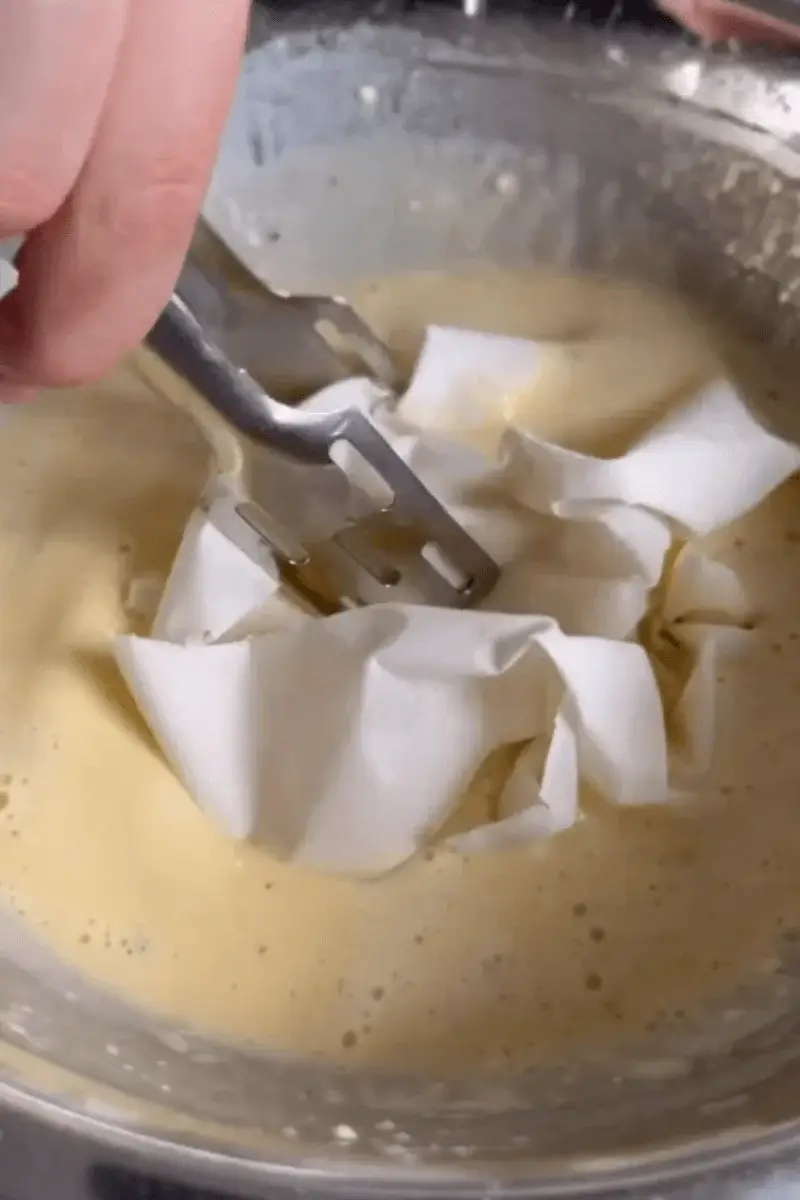
Can I use frozen phyllo dough?
Yes, but proper thawing is crucial for the best results. The ideal method is to transfer the frozen phyllo to the refrigerator and let it thaw slowly overnight, ideally for at least 12 hours. This gradual thawing process prevents condensation from forming, which can make the sheets too wet and cause them to stick together. Avoid trying to speed up the process by leaving the dough at room temperature for too long, as this can lead to cracking and tearing.
If you’re short on time, you can leave the phyllo at room temperature for about two hours, but keep a close eye on it. Once thawed, keep the sheets covered with a damp kitchen towel or plastic wrap while assembling the borek to prevent them from drying out. If any sheets break, you can still use them in layers, as the egg mixture will help bind everything together during baking.
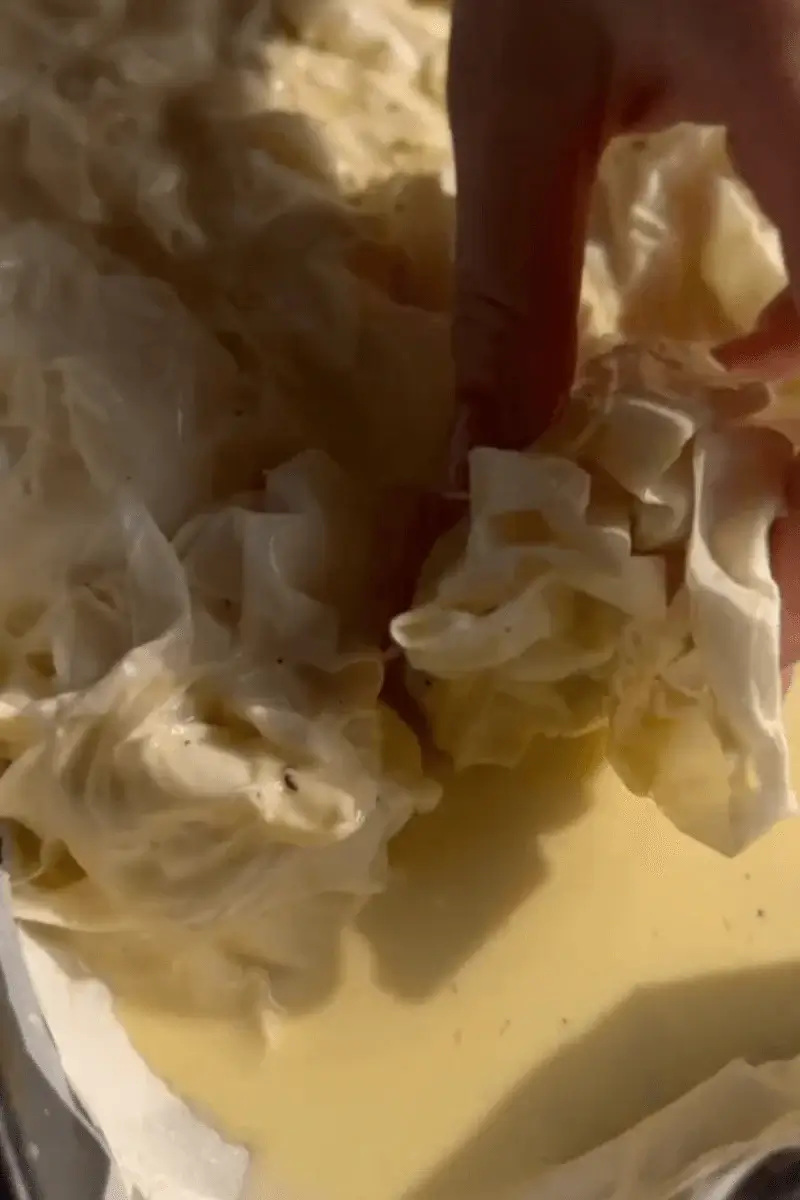
How to keep phyllo from drying out while assembling
Phyllo dough dries out quickly when exposed to air, which makes it fragile and difficult to handle. To prevent this, always keep the unused sheets covered with a clean, slightly damp kitchen towel or a sheet of plastic wrap while you work. The towel should be damp, but not wet, as too much moisture can cause the sheets to become sticky and clump together. Work as quickly as possible when layering the phyllo to minimize air exposure.
Additionally, brushing each sheet with a thin layer of olive oil or melted butter as you assemble helps maintain flexibility and prevents cracking. If working in a dry or warm kitchen, you may need to re-moisten the towel occasionally to keep the environment humid enough. If a sheet does dry out and becomes brittle, you can still use it by layering it between softer sheets, as the egg mixture and cheese filling will help mask any imperfections during baking.
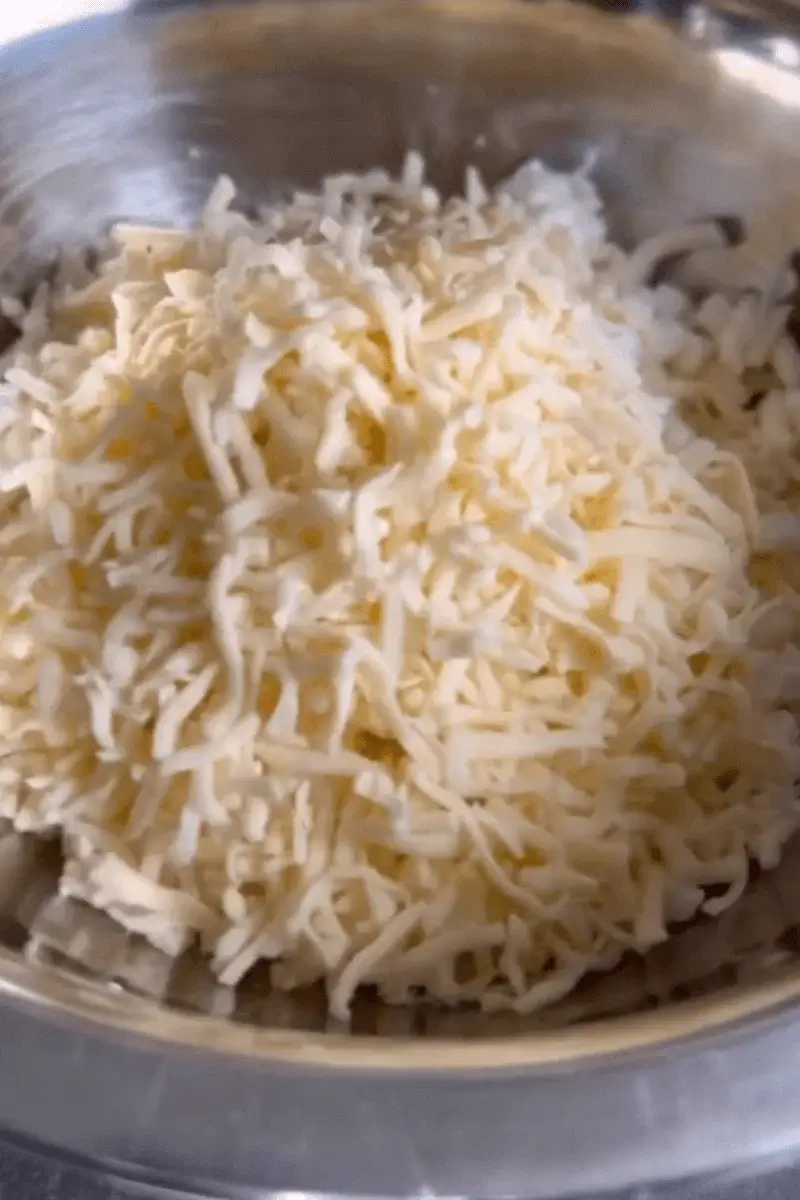
How to prevent the cheese borek from becoming soggy
Preventing a soggy borek requires attention to both ingredients and baking technique. First, make sure that any cheese used is well-drained to remove excess moisture. If using vegetables like spinach or mushrooms, sauté them beforehand to reduce their water content. The phyllo layers should be lightly brushed with oil or butter rather than being heavily saturated. The egg mixture should be evenly distributed, but avoid soaking the phyllo excessively, as too much liquid will prevent it from crisping up. Baking the borek at the correct temperature—350°F (180°C)—ensures that the layers crisp rather than steam.
A preheated oven is essential, as placing the dish in a cold oven may lead to uneven cooking. Let the borek rest for at least 10 minutes before slicing, as this allows it to set and prevents excess moisture from pooling at the bottom. If storing leftovers, reheat in the oven rather than the microwave to maintain the crisp texture.
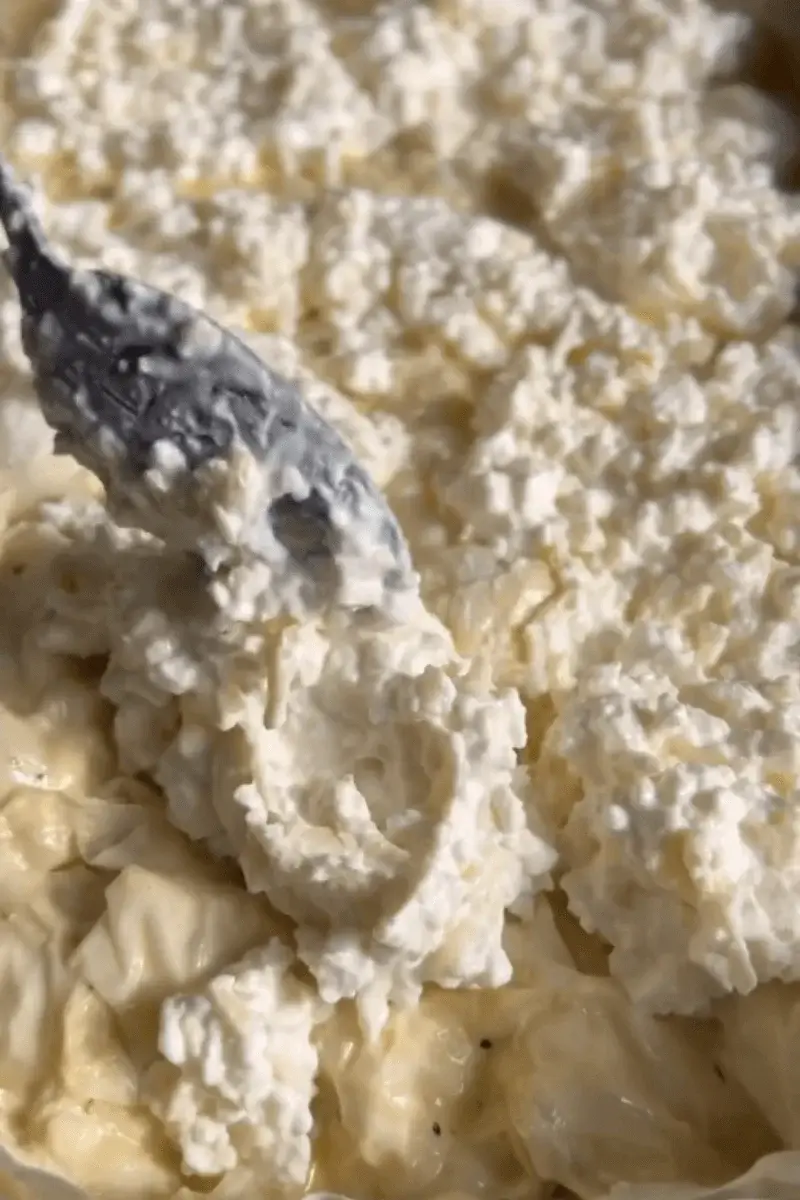
Can I make this cheese borek ahead of time?
Yes, this cheese borek can be made ahead of time, either fully assembled or fully baked. If assembling in advance, cover the unbaked cheese borek tightly with plastic wrap and store it in the refrigerator for up to 24 hours before baking. When ready to bake, let it sit at room temperature for about 15 minutes before placing it in the oven. If you prefer to bake it in advance, the borek can be stored in the refrigerator for up to two days.
To reheat, place it in a preheated oven at 300°F (150°C) for about 10-15 minutes, which helps restore its crispiness. Avoid reheating in the microwave, as it can make the phyllo soft and chewy instead of crisp. If you need to store it longer, freezing is the best option. Borek freezes well both before and after baking. When freezing an unbaked cheese borek, wrap it tightly in plastic wrap and aluminum foil to prevent freezer burn. To bake from frozen, place it directly in a 350°F (180°C) oven, adding 10-15 extra minutes to the baking time.
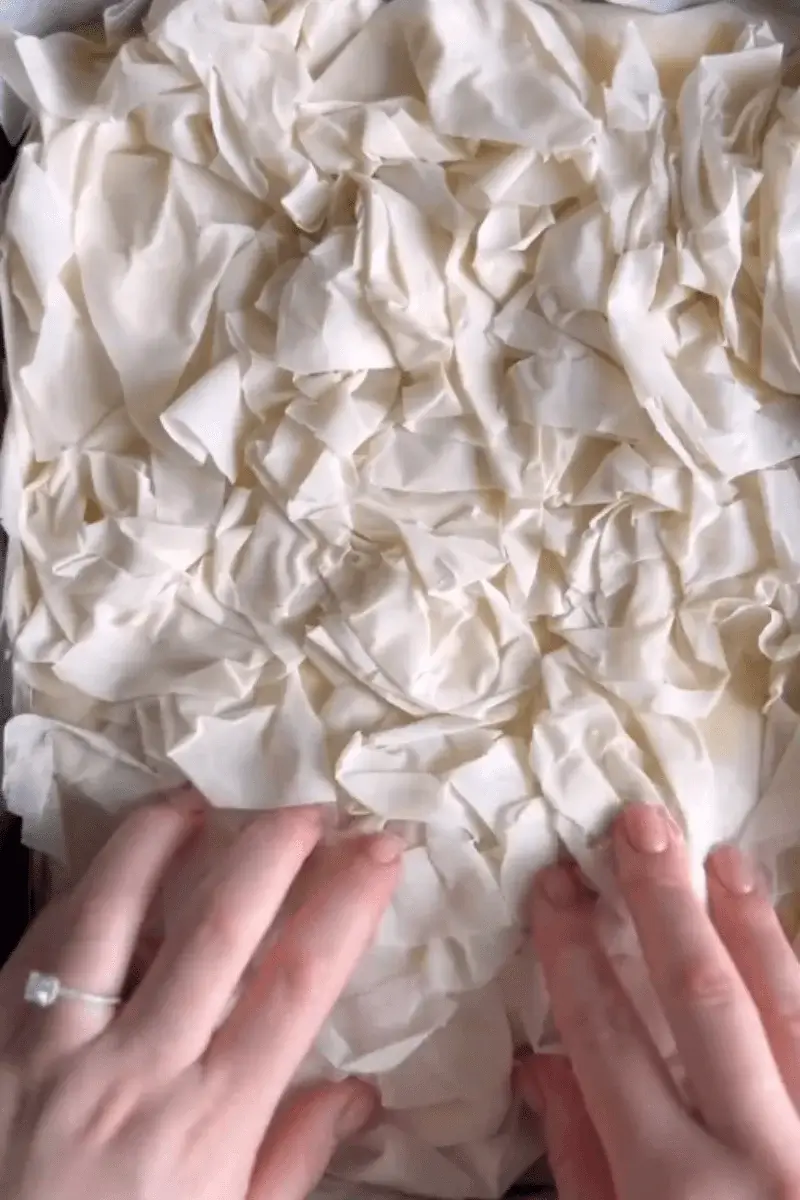
What is the best way to reheat the cheese borek?
The best way to reheat the cheese borek is in the oven to preserve its crispy texture. Preheat your oven to 300°F (150°C) and place the borek on a baking sheet. Heat for 10-15 minutes, or until warmed through and crispy. If the borek was stored in the refrigerator, let it sit at room temperature for a few minutes before reheating to ensure even warming. If using a toaster oven, reduce the temperature slightly to prevent over-browning. Avoid reheating in the microwave, as it will make the phyllo soft and chewy rather than crispy.
If reheating from frozen, increase the oven temperature to 350°F (180°C) and bake for about 20-25 minutes. Always place the cheese borek on a baking rack or parchment-lined tray to allow airflow underneath and prevent the bottom from becoming soggy. If you want extra crispiness, brush a thin layer of olive oil on top before reheating.
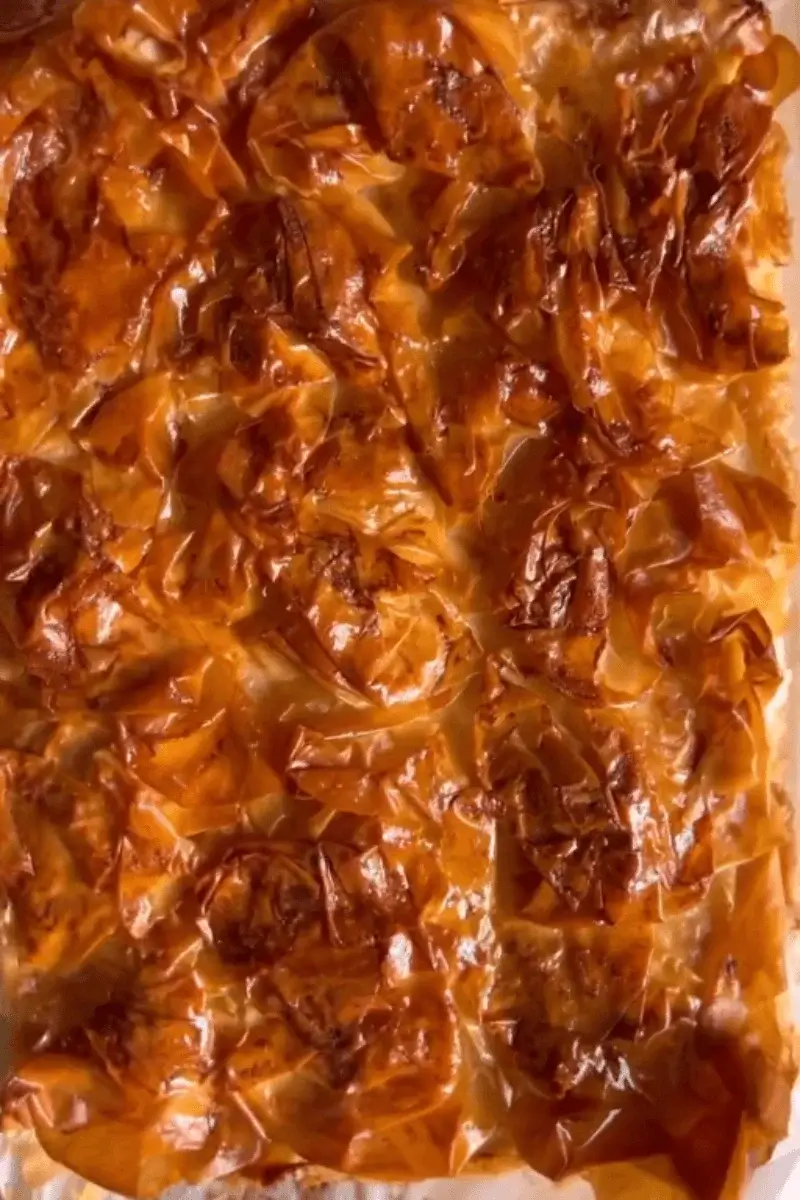
Can I freeze the cheese borek before or after baking?
Yes, the cheese borek can be frozen both before and after baking, but the method depends on whether you prefer to bake it fresh or reheat it later. If freezing before baking, assemble the borek as usual, but do not bake it. Wrap the dish tightly in plastic wrap, then cover it with aluminum foil to prevent freezer burn. When ready to bake, do not thaw—place it directly in a preheated 350°F (180°C) oven and add about 10-15 minutes to the original baking time.
Freezing after baking is also an option. Let the cheese borek cool completely before wrapping it in plastic wrap and then in foil. To reheat, place the frozen borek in a 300°F (150°C) oven for 15-20 minutes until it is heated through and the top is crisp again. Avoid microwaving frozen borek, as it will become soft instead of crispy. Properly stored, frozen borek will maintain its quality for up to three months.
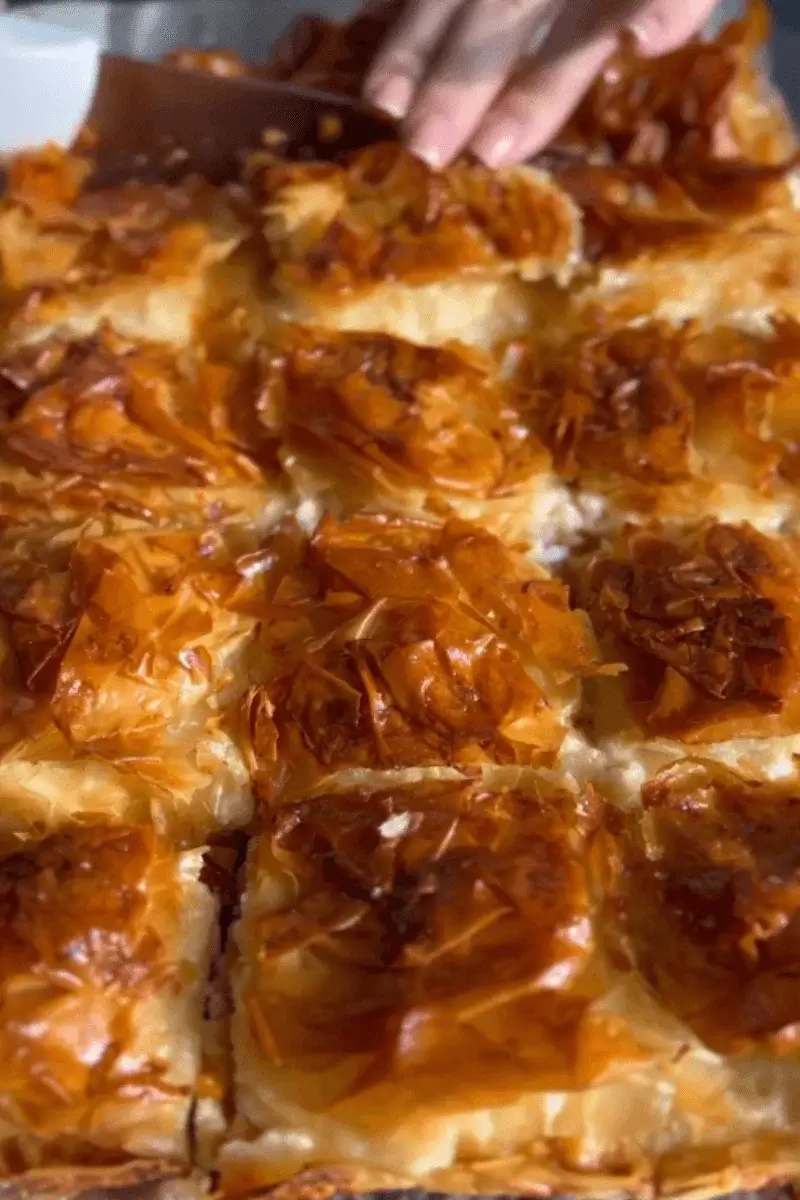
How do I get the top layer extra crispy?
To achieve a perfectly crispy top layer, brush the final sheet of phyllo generously with olive oil or melted butter before baking. This helps create an even golden-brown finish. Baking the borek on a lower oven rack for the first half of the baking time ensures the bottom layers bake through before the top browns too quickly. Using the convection setting in your oven, if available, helps circulate air around the pastry, leading to a crispier crust.
Another tip is to lightly score the top layer with a sharp knife before baking, which allows steam to escape and prevents sogginess. Once baked, let the borek cool for about 10 minutes before slicing, as cutting into it too soon can release steam that softens the crisp top layer. If reheating leftovers, use an oven or air fryer rather than a microwave to maintain the crisp texture.
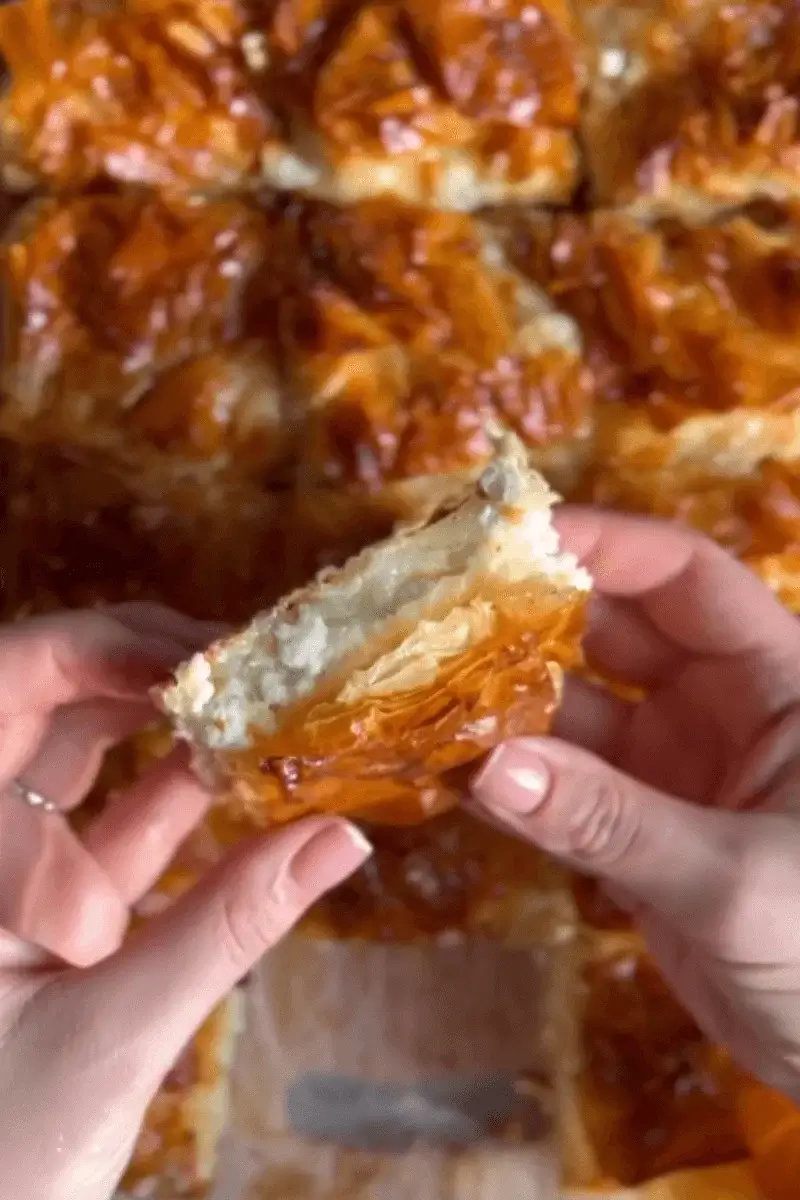
Can I make this cheese borek recipe gluten-free?
You can make a gluten-free version of borek using gluten-free phyllo dough, which is available in some specialty grocery stores. Since gluten-free phyllo is often more delicate and prone to breaking, handle it carefully and brush it with oil to keep it pliable. If gluten-free phyllo is unavailable, another option is to use thin layers of gluten-free tortillas or rice paper, though the texture will differ slightly from traditional borek. Some people make a gluten-free borek by layering thin, crepe-like gluten-free pancakes instead of phyllo.
If you need to replace the small amount of wheat flour in the egg mixture, substitute it with cornstarch or a gluten-free flour blend. Be sure to adjust baking time slightly, as gluten-free doughs may brown faster or have a different crisping effect. The result will be slightly different in texture, but still delicious and satisfying.
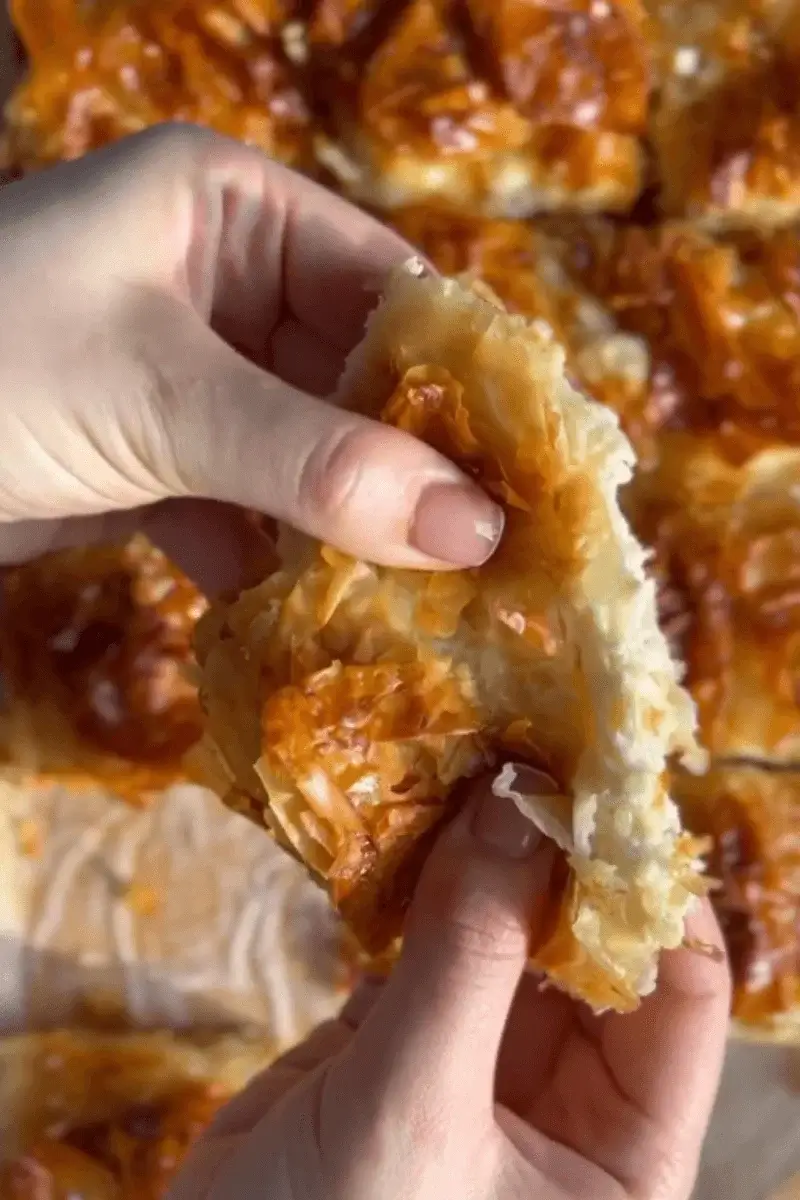
Is there a dairy-free version of this borek?
A dairy-free version of borek is possible with a few substitutions. Instead of using cottage cheese, white cheese, or Bulgarian cheese, you can substitute with plant-based alternatives. Dairy-free ricotta, crumbled tofu mixed with nutritional yeast, or even cashew-based cheese spreads can provide a similar creamy texture.
To mimic the slightly tangy and salty flavor of Bulgarian cheese, you can mix dairy-free feta-style cheese with a bit of lemon juice and a pinch of salt. Use unsweetened plant-based milk, such as almond, soy, or oat milk, instead of regular milk in the egg mixture. For binding, eggs can be replaced with a mixture of cornstarch and water or flaxseed meal mixed with water. Brush the phyllo sheets with olive oil instead of butter. While the final texture and taste may be slightly different from traditional borek, these dairy-free alternatives will still create a delicious and crispy pastry.
What size baking dish should I use?
A standard 9×13-inch (23×33 cm) baking dish is ideal for this borek, as it allows for even layering and baking. This size provides enough space to layer the phyllo sheets without them being too tightly packed, which helps ensure a crispy and evenly cooked borek. If using a smaller or larger dish, adjust the number of phyllo layers accordingly.
A metal or ceramic baking dish works best, as both provide even heat distribution. If using a glass dish, be aware that it retains heat longer than metal, so you may need to reduce baking time slightly to prevent over-browning. If you prefer extra crispy edges, you can bake the borek on a rimmed baking sheet instead of a deeper dish, though the final shape may spread out more. For best results, line the baking dish with parchment paper to prevent sticking and make cleanup easier.

